When we talk about biodiversity, we’re talking about life in all its wild, weird, and interconnected forms.
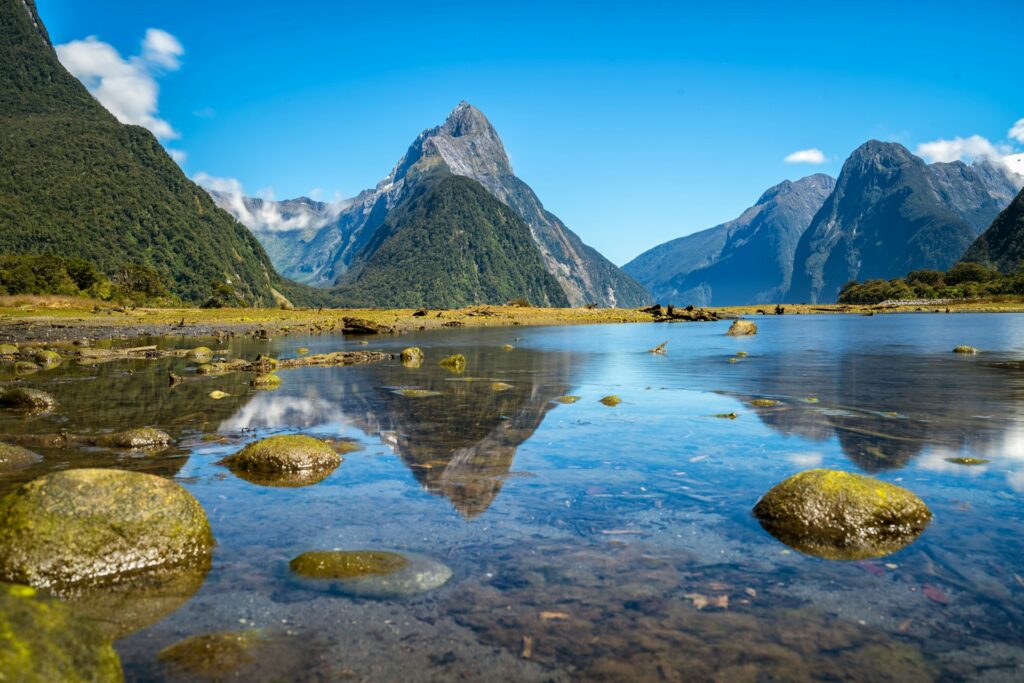
And while every part of the planet plays a role, some regions are so packed with unique species—and so under threat—that they’ve been labelled biodiversity hotspots. These are places bursting with life, often home to animals and plants found nowhere else on Earth. However, they’re also the places most at risk from habitat loss, climate change, and human development. If you care about the planet’s future, these are the places worth paying attention to.
1. The Amazon Rainforest – South America
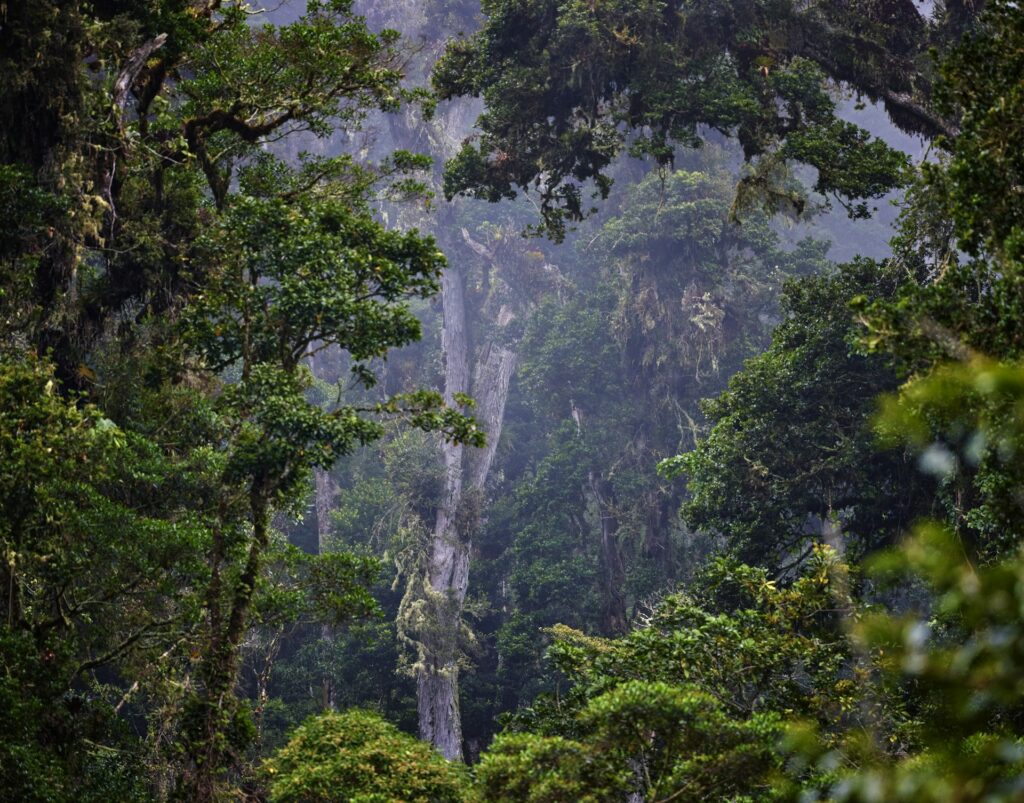
This one’s hardly a surprise—it’s the largest tropical rainforest on the planet and home to around 10% of the world’s known species. Stretching across nine countries, the Amazon is a living, breathing system that regulates the climate, stores carbon, and supports everything from jaguars to rare frogs to tribal communities.
But despite its scale, it’s increasingly vulnerable to deforestation, fires, and illegal mining. Species are disappearing before we even get a chance to name them. Protecting the Amazon isn’t just about trees—it’s about the entire planet’s wellbeing.
2. The Congo Basin – Central Africa
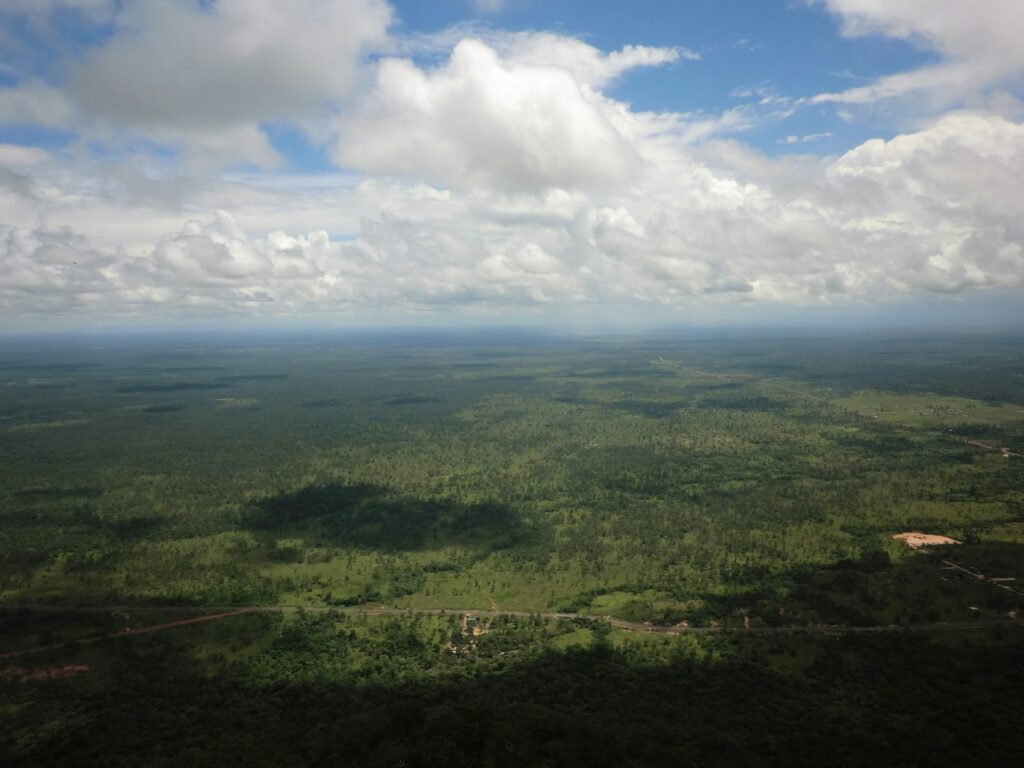
Often overshadowed by the Amazon, the Congo Basin is the world’s second-largest rainforest and a haven for biodiversity. It’s the only place on Earth where you’ll find all three great apes: gorillas, chimpanzees, and bonobos, along with forest elephants, okapis, and countless lesser-known species.
This region is under constant threat from logging, mining, and civil unrest. But it also represents one of the biggest opportunities for large-scale conservation. Protecting this space means preserving entire ecosystems, not just single species.
3. The Western Ghats – India
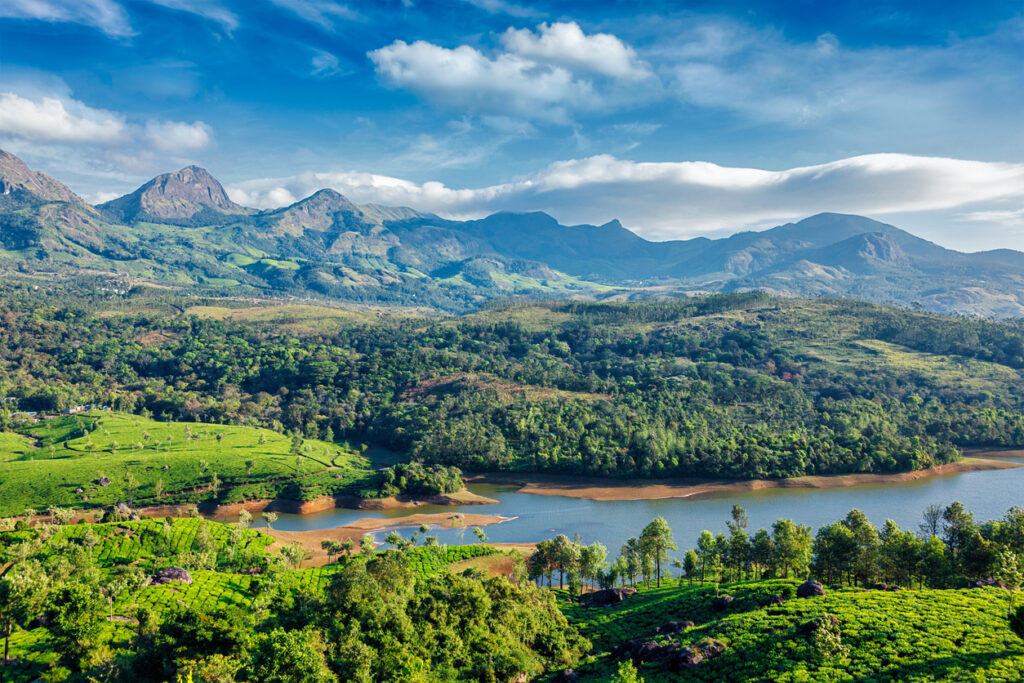
This lush mountain range might not get as much press as the Himalayas, but it’s bursting with life—especially endemic species found nowhere else. From ancient amphibians to vibrant butterflies to the lion-tailed macaque, the Western Ghats are a true biodiversity jewel.
They’re also one of the most densely populated areas in India, so balancing human needs with ecological protection is an ongoing challenge. Still, the region’s unique mix of rainforest, spice plantations, and sacred groves shows that coexistence is possible—when done right.
4. The Coral Triangle – Southeast Asia
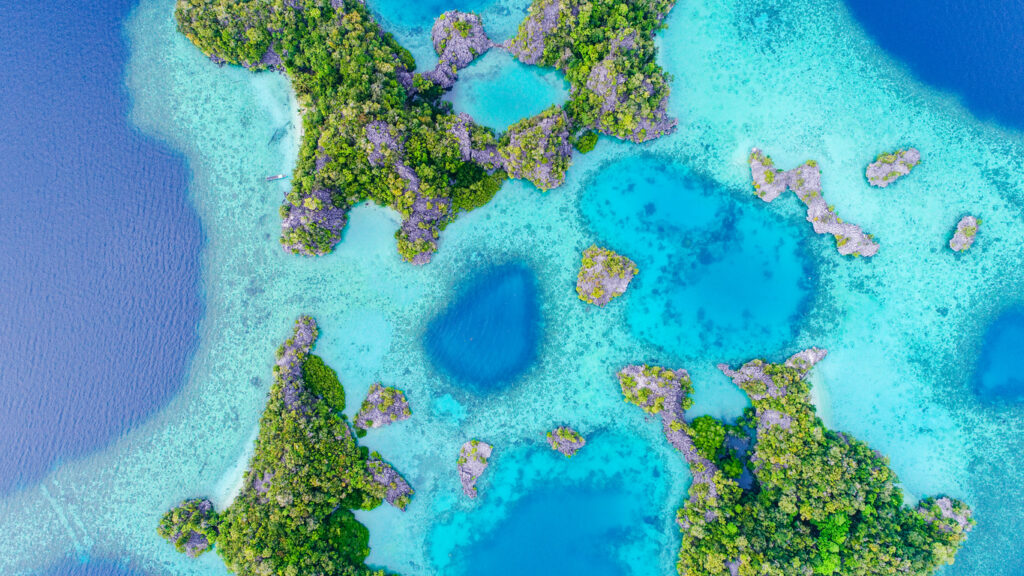
This marine hotspot spans the waters of Indonesia, the Philippines, Malaysia, Papua New Guinea, Timor-Leste, and the Solomon Islands. It’s home to more coral species than anywhere else on Earth, along with thousands of species of fish, turtles, and reef sharks.
Its underwater biodiversity is staggering, but rising ocean temperatures and plastic pollution are putting it under immense strain. Coral reefs here are bleaching faster than they can recover, and local fishing communities are feeling the knock-on effects first-hand.
5. Madagascar – Off the Southeast Coast of Africa
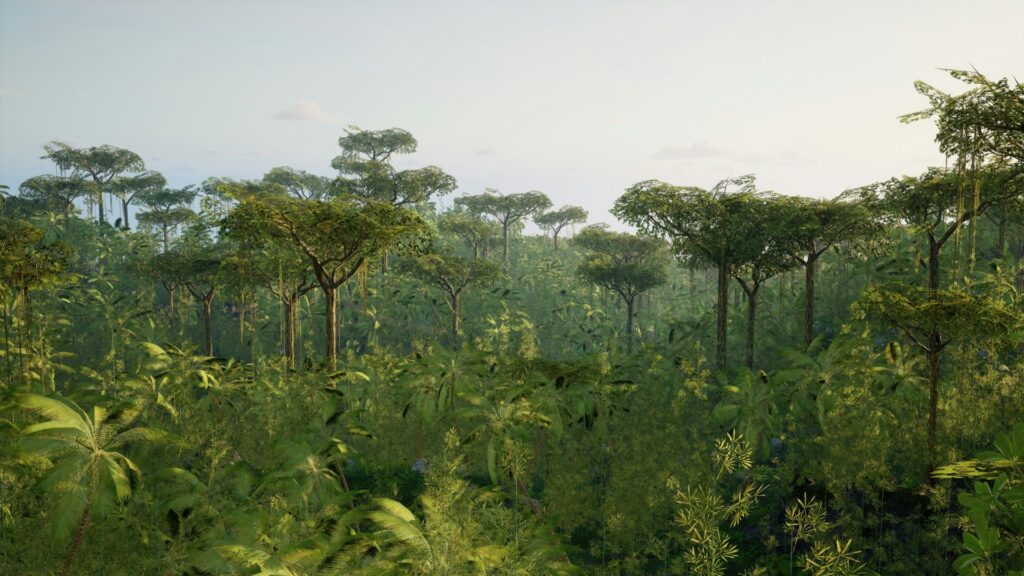
Roughly 90% of the species in Madagascar exist nowhere else on Earth. Think lemurs, baobabs, and brightly coloured chameleons that seem pulled from a dream. It’s like a natural laboratory of evolution, cut off from the rest of the world for millions of years.
Unfortunately, deforestation, agriculture, and illegal wildlife trade are threatening this unique ecosystem. With so much of its biodiversity found only there, any loss in Madagascar is a global loss.
6. The Andes Mountains – South America
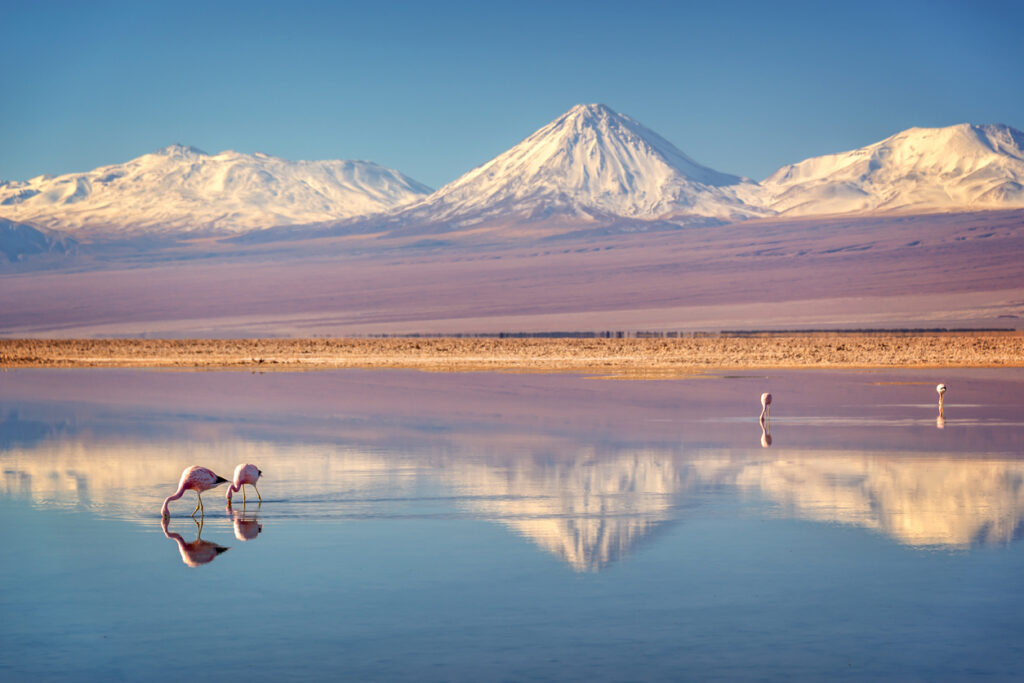
Stretching along the western edge of South America, the Andes are the longest mountain range in the world and one of the richest in biodiversity. From the cloud forests of Colombia to the páramo grasslands in Ecuador, the range supports species that have adapted to dramatic altitude changes.
This region is especially important for amphibians, orchids, and birds—and it’s also deeply tied to the culture of Indigenous Andean communities. But mining, agriculture, and climate change are pushing sensitive species to the brink.
7. The Mesoamerican Forests – Central America
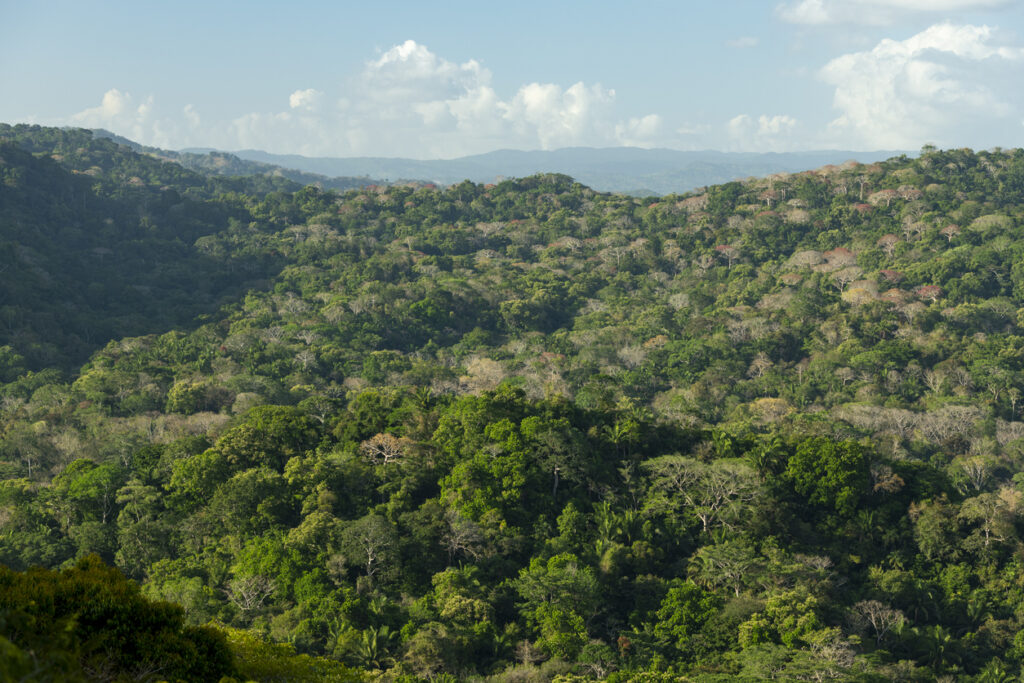
Running from southern Mexico through Belize, Guatemala, and down to Panama, this corridor is vital for species migration and survival. Jaguars, tapirs, and hundreds of types of birds all depend on this dense stretch of forest. It also acts as a major carbon sink, helping stabilise global temperatures. Efforts to link forest patches through wildlife corridors are showing promise—but drug trafficking routes, agriculture, and deforestation still pose major risks.
8. The Sundaland Rainforests – Southeast Asia
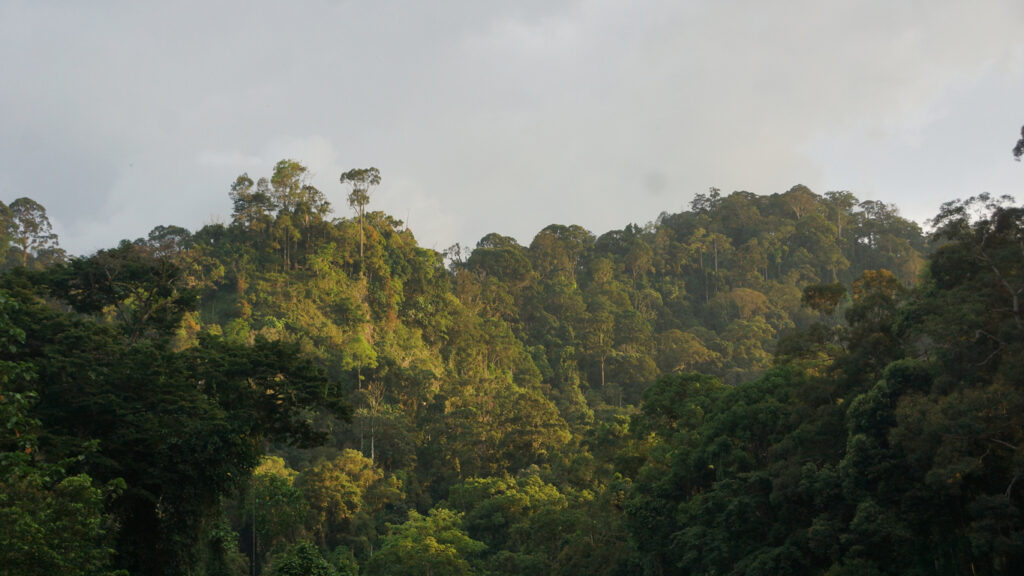
This hotspot includes the Malay Peninsula, Borneo, Sumatra, and surrounding islands. It’s home to some of the most charismatic endangered animals in the world—like orangutans, Sumatran rhinos, and clouded leopards—as well as thousands of lesser-known plant and insect species.
Deforestation for palm oil and logging has devastated large areas. But with increased international attention, there’s growing pressure on industries to adopt sustainable practices. Still, time is running out for many species here.
9. New Zealand – South Pacific
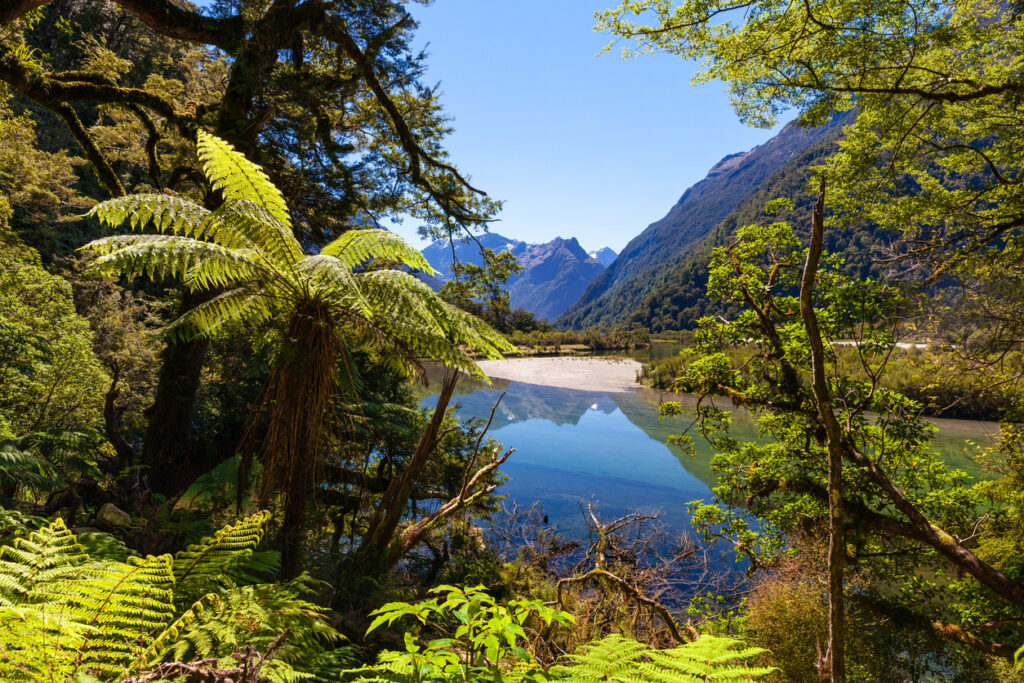
Geologically isolated for millions of years, New Zealand has evolved its own suite of weird and wonderful wildlife. Flightless birds, giant insects, and ancient trees have all thrived here—at least until humans and invasive species arrived. Today, conservation is strong, but the battle is ongoing. Rats, stoats, and possums still threaten native species daily, and many animals survive only on protected offshore islands or within predator-free zones.
10. The Mediterranean Basin – Southern Europe, North Africa & Middle East
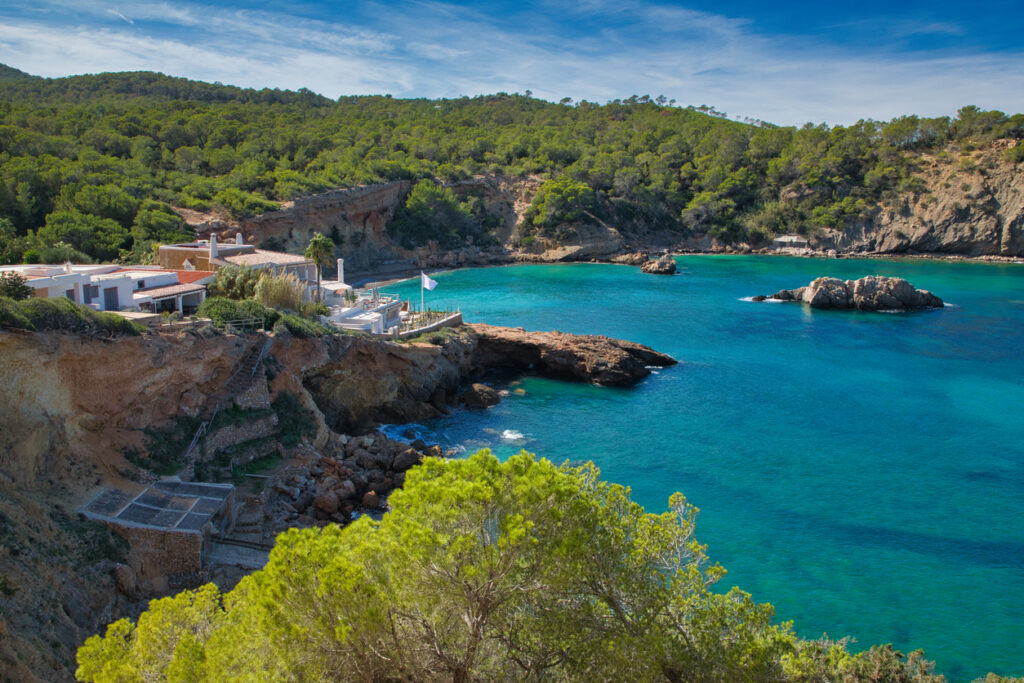
This hotspot might seem less “tropical,” but it’s just as ecologically rich. The Mediterranean supports over 25,000 plant species—more than half of which are found nowhere else. It also provides crucial stopover points for migrating birds between Africa and Europe.
Urban sprawl, intensive agriculture, and climate shifts have put enormous pressure on its delicate ecosystems. But community-led conservation projects and ancient land stewardship practices offer models for resilience and regeneration.
11. Wallacea – Indonesia
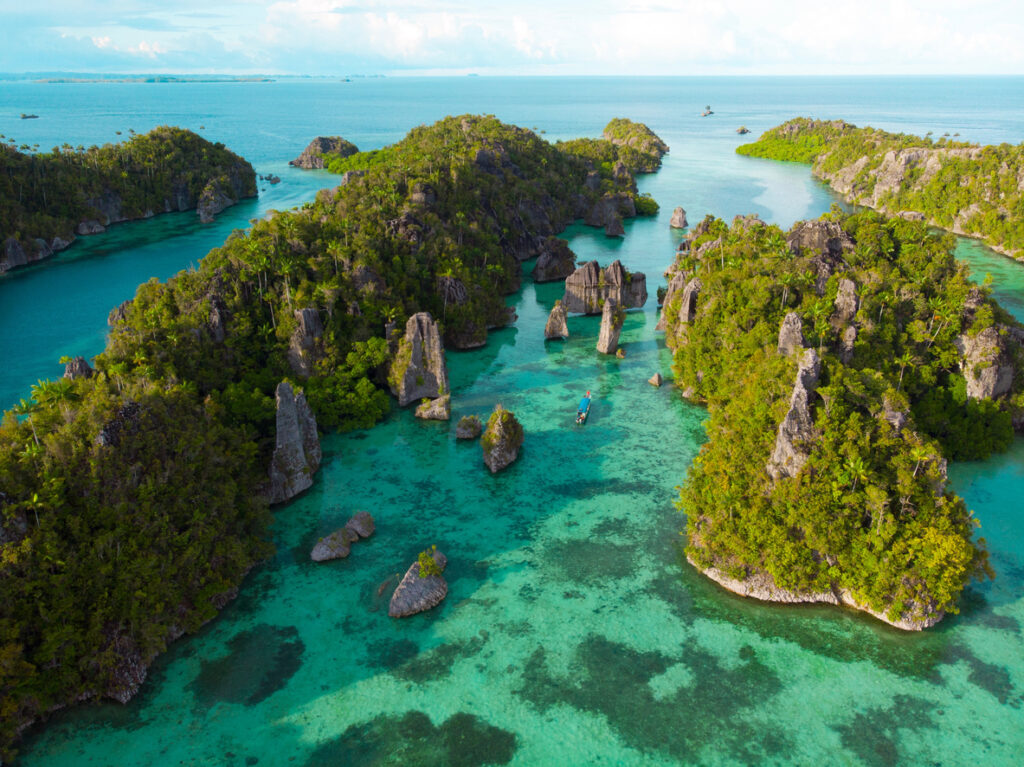
Located between Asia and Australia, Wallacea is a patchwork of islands filled with bizarre and beautiful species that don’t fit neatly into either continent’s ecosystem. Think marsupial-like cuscus alongside birds-of-paradise, with volcanic landscapes tying it all together.
Because these islands have been isolated for so long, the level of endemism is incredibly high. But many species are clinging to shrinking habitats, and conservation here often competes with economic needs like agriculture and infrastructure.
12. The Cape Floristic Region – South Africa
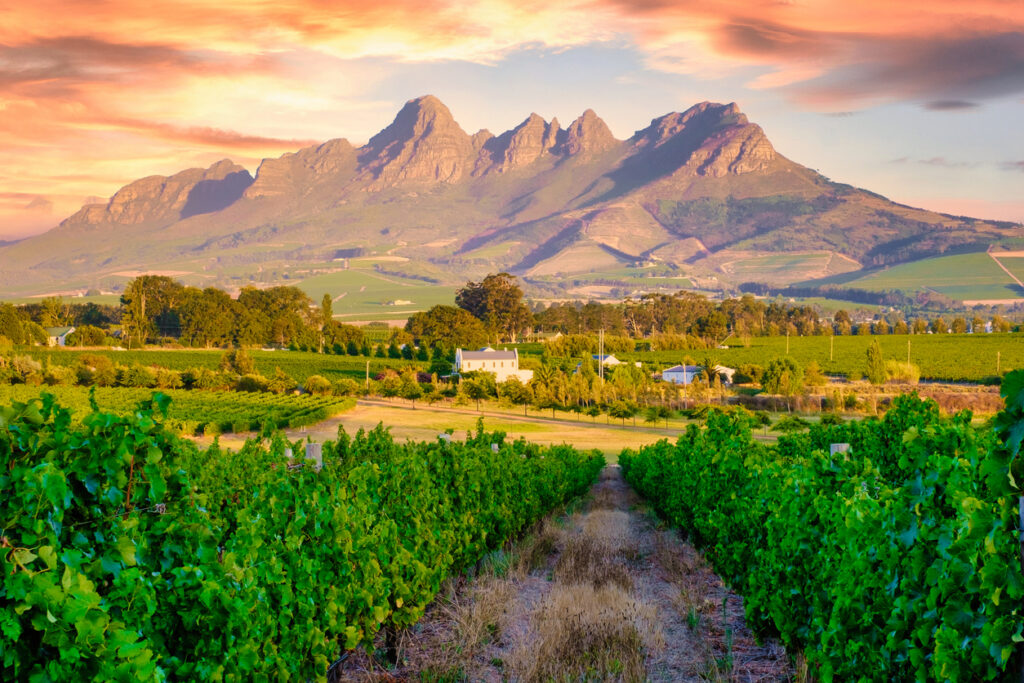
This is the smallest of the world’s six floral kingdoms—but it’s also one of the most diverse. Over 9,000 plant species thrive in this tiny coastal area, many of which are found nowhere else on Earth. It’s especially famous for its wildflowers and aromatic fynbos vegetation.
Farming, invasive species, and urban expansion threaten the fragile balance. But conservation initiatives—many involving local communities—are working to preserve what’s left of this botanical treasure trove.